NASA Astronomy Picture of the Day 16 January 2023: Moon-pockmarked by asteroid strikes
NASA’s Astronomy Picture of the Day is a stunning image of the Moon, showing all of its features in detail.
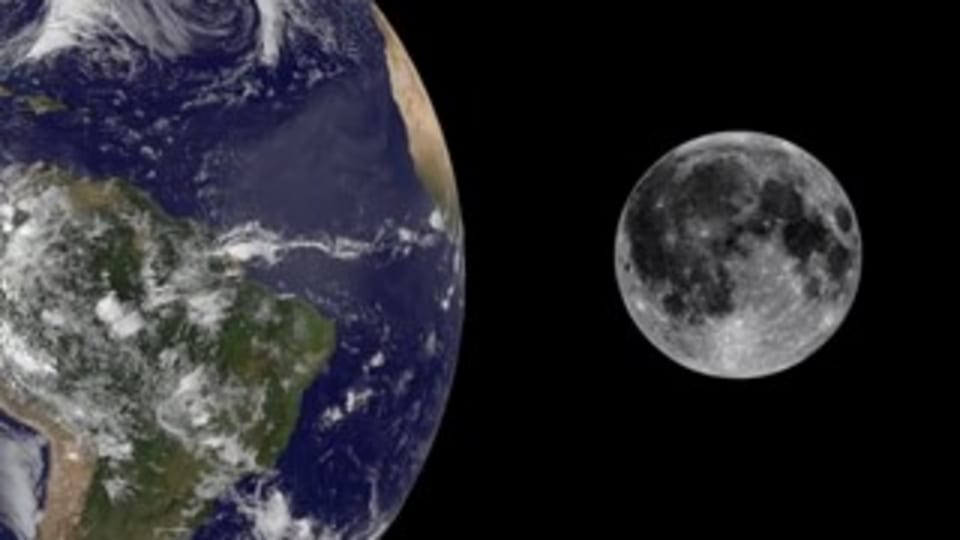
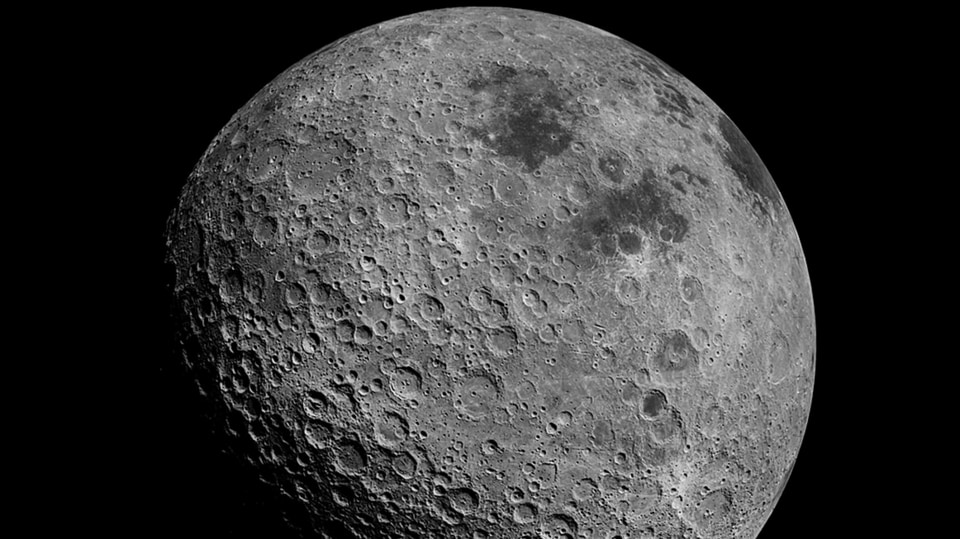
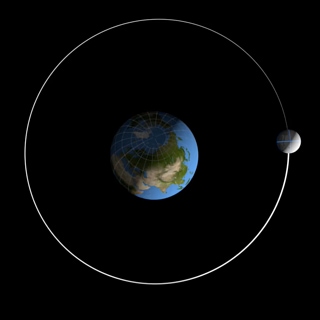
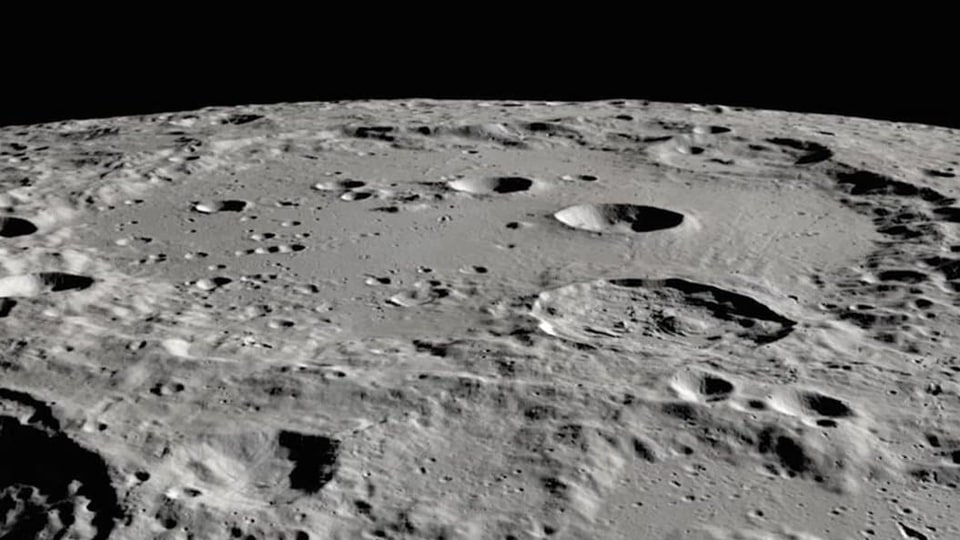
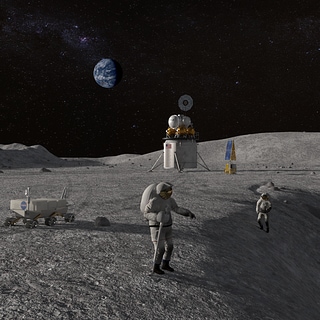
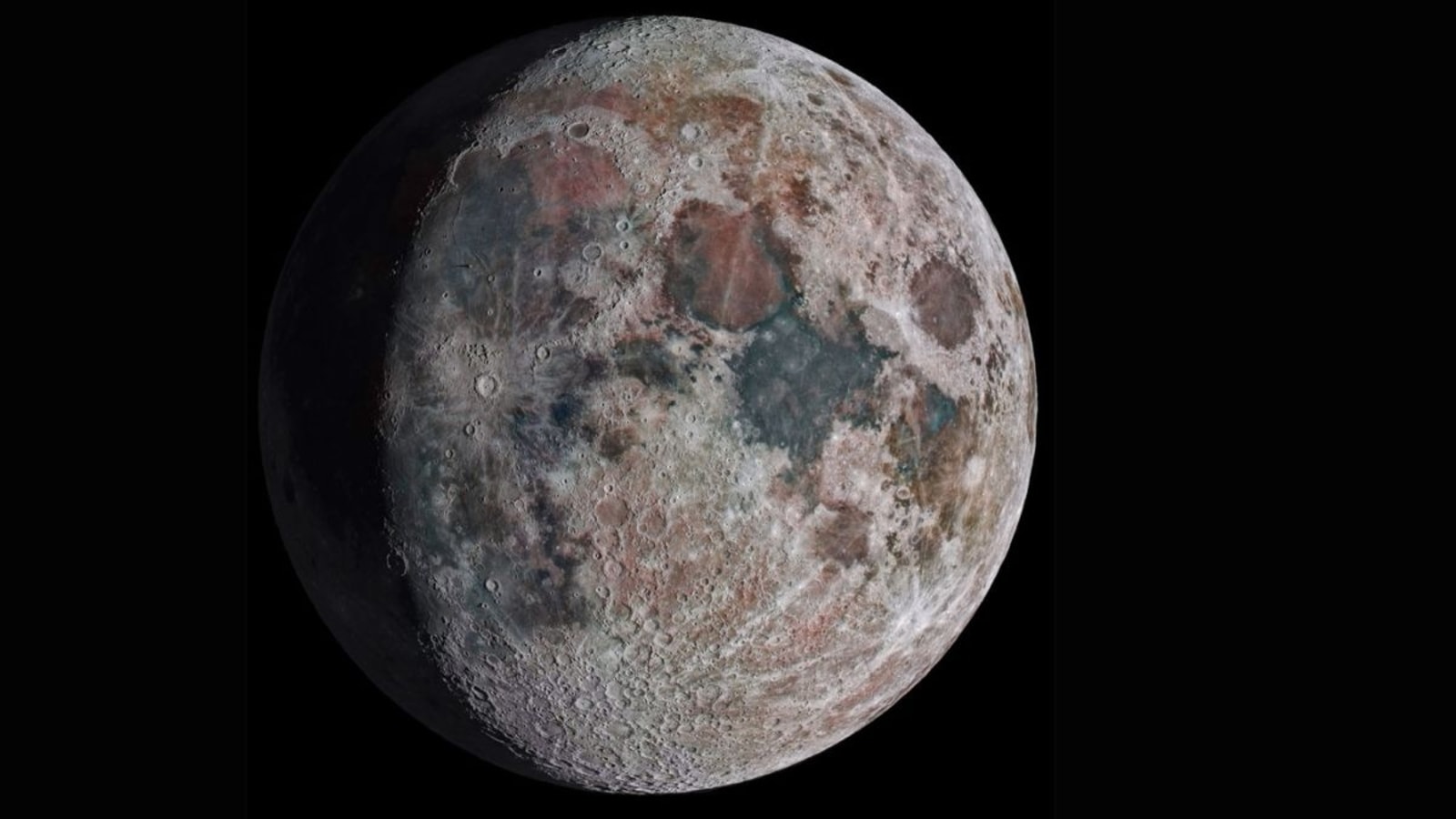
 View all Images
View all ImagesThe Moon has long been one of the central pieces of the studies related to Earth. Its presence influences various phenomena on the planet, such as tides. The Moon is believed to have formed about 4.5 billion years ago, shortly after the formation of the solar system. According to one theory , a huge Mars-sized celestial object called Theia collided with Earth around 4.5 billion years ago and the Moon was formed in the aftermath of the collision. It is the only place beyond Earth where humans have set foot so far.
NASA's Astronomy Picture of the Day is a high-res image of Earth's Moon, also known as Luna in Latin. Though most images show the Moon as a clear white sphere, in reality, the lunar surface is heavily cratered due to numerous asteroid strikes on its surface during its 4.6 billion year old history.
The image was captured by Kurdish astrophotographer Darya Kawa Mirza. It is a composite of multiple images and enhanced to bring up real features of the lunar surface.
NASA's explanation
Our Moon doesn't really look like this. Earth's Moon doesn't naturally show this rich texture, and its colors are more subtle. But this digital creation is based on reality. The featured image is a composite of multiple images and enhanced to bring up real surface features. The enhancements, for example, show more clearly craters that illustrate the tremendous bombardment our Moon has been through during its 4.6-billion-year history.
The dark areas, called "maria", have fewer craters and were once seas of molten lava. Additionally, the image colors, although based on the moon's real composition, are changed and exaggerated. Here, a blue hue indicates a region that is iron rich, while orange indicates a slight excess of aluminum. Although the Moon has shown the same side to the Earth for billions of years, modern technology is allowing humanity to learn much more about it -- and how it affects the Earth.
Catch all the Latest Tech News, Mobile News, Laptop News, Gaming news, Wearables News , How To News, also keep up with us on Whatsapp channel,Twitter, Facebook, Google News, and Instagram. For our latest videos, subscribe to our YouTube channel.




























